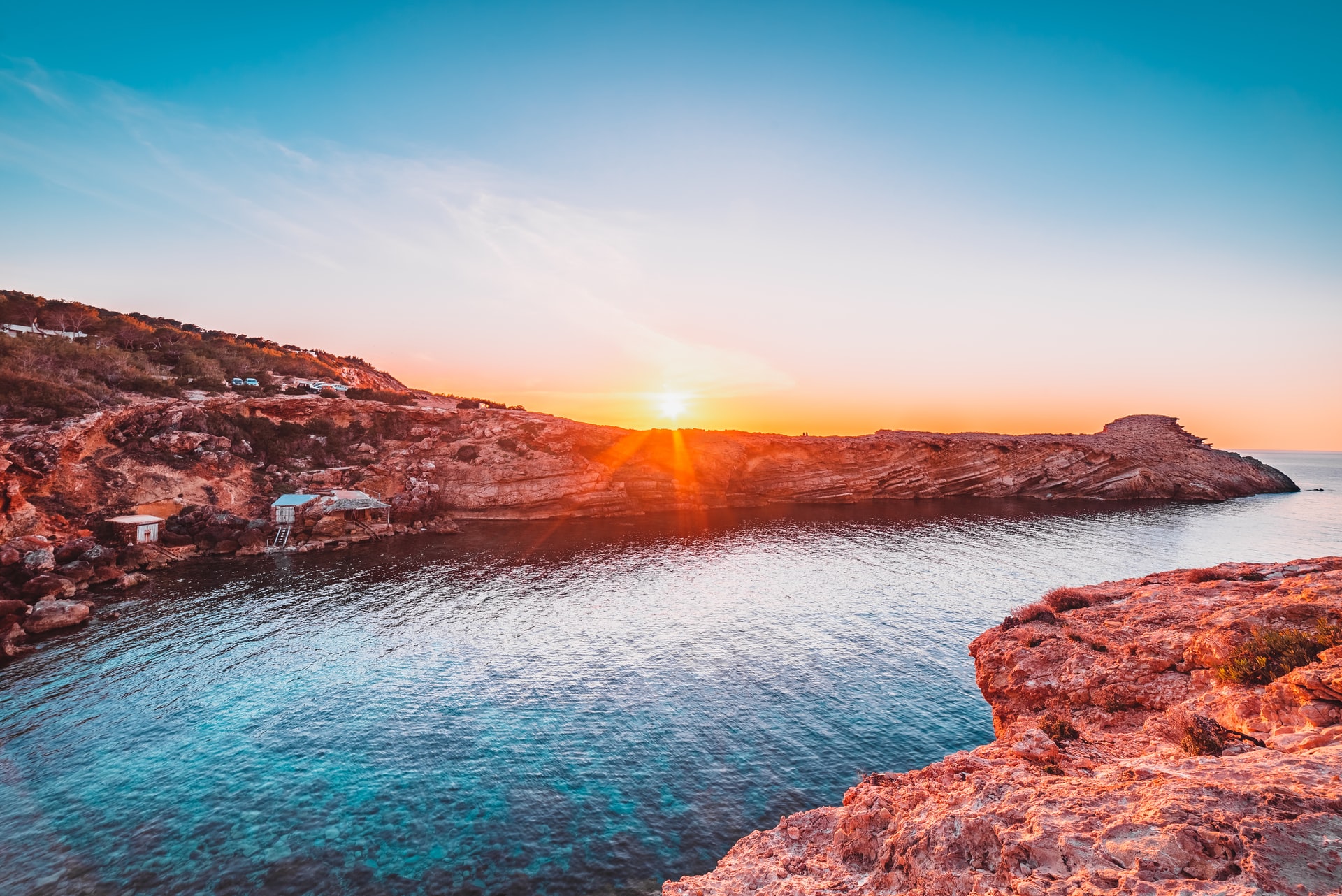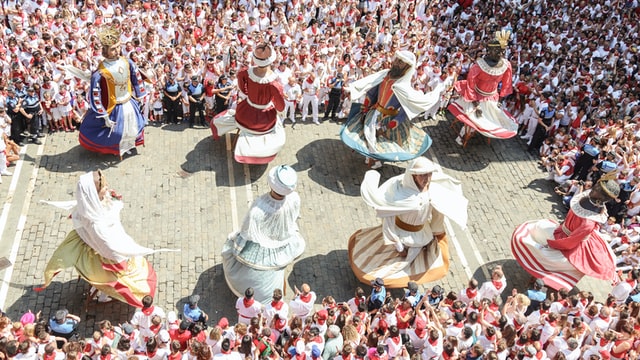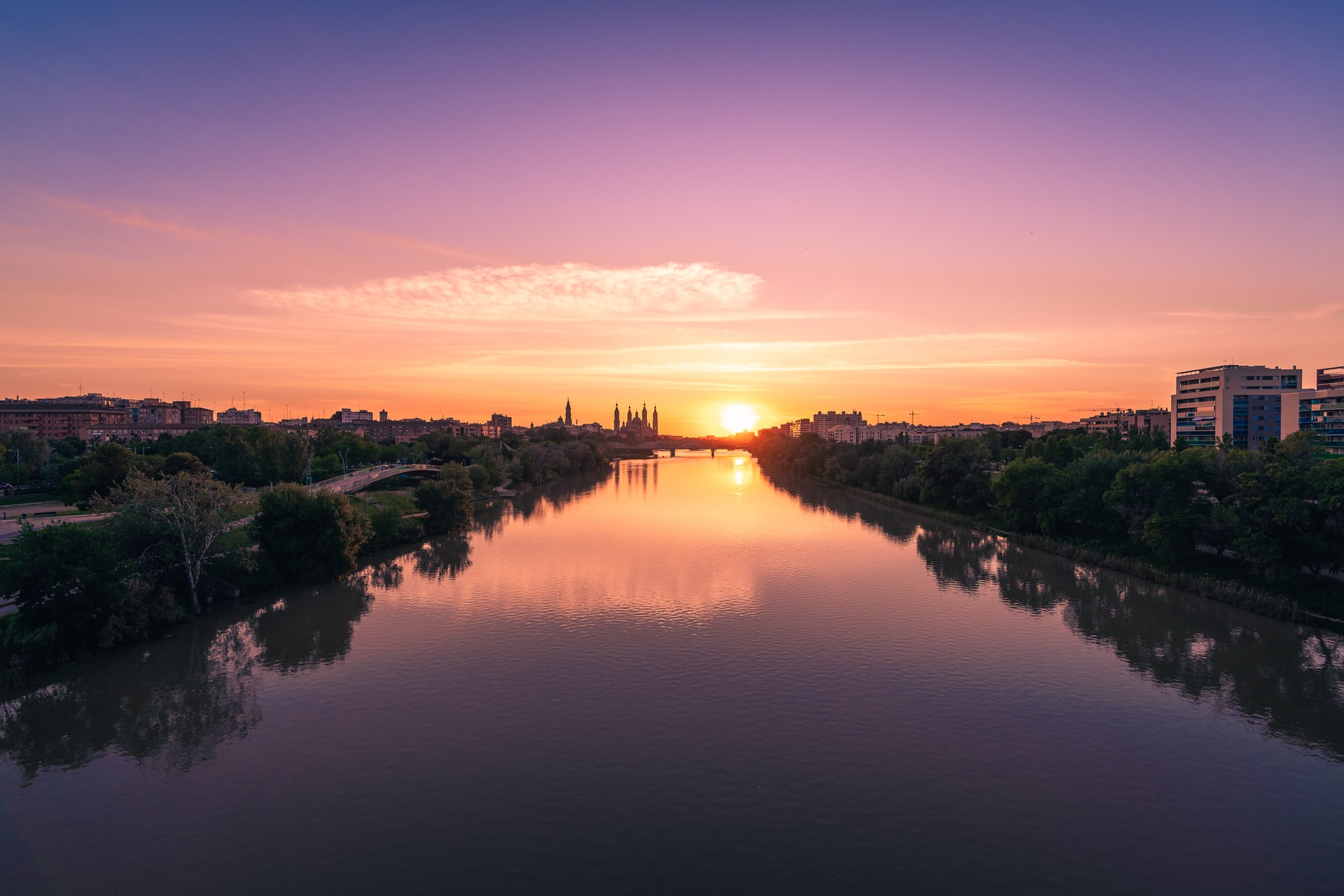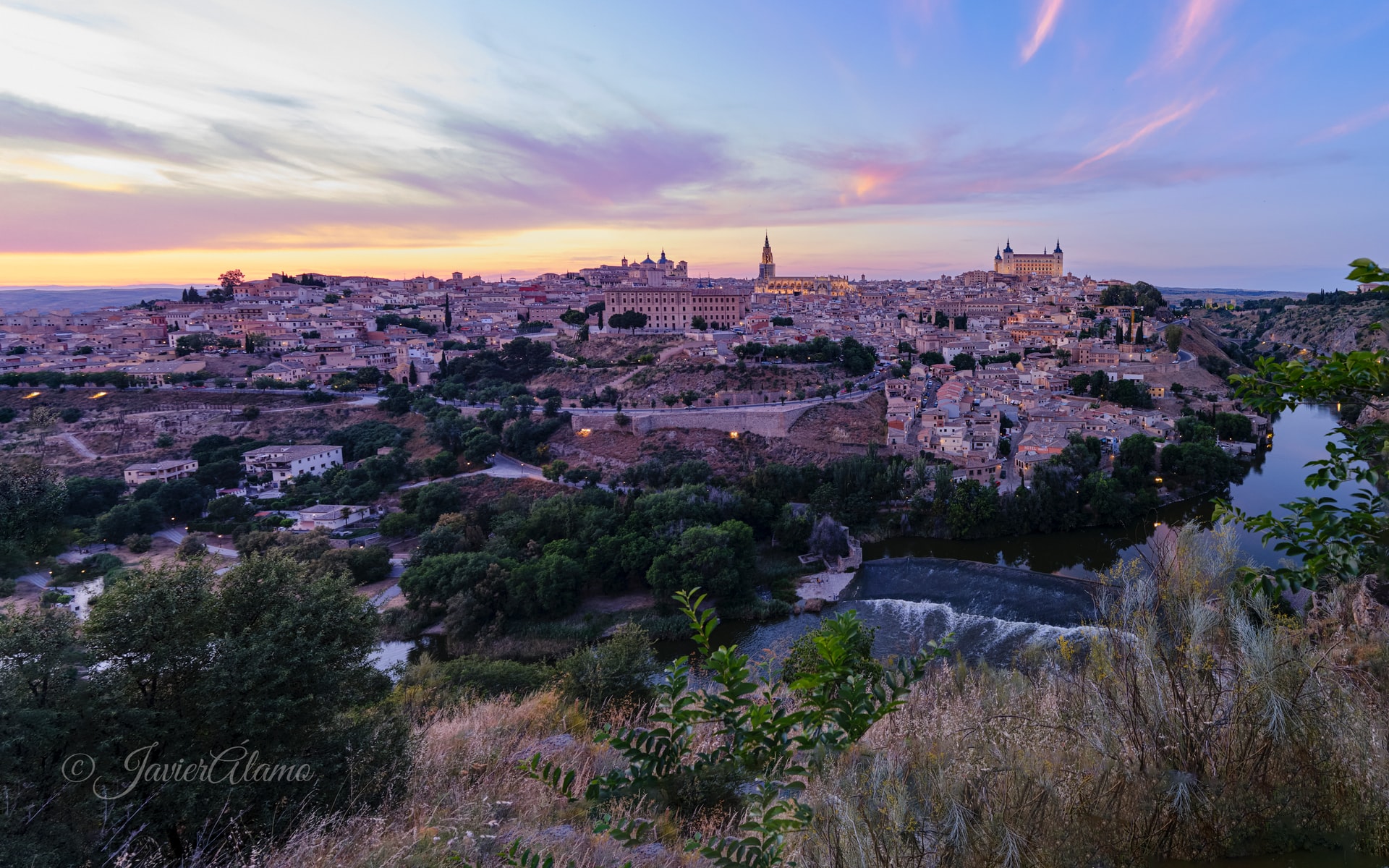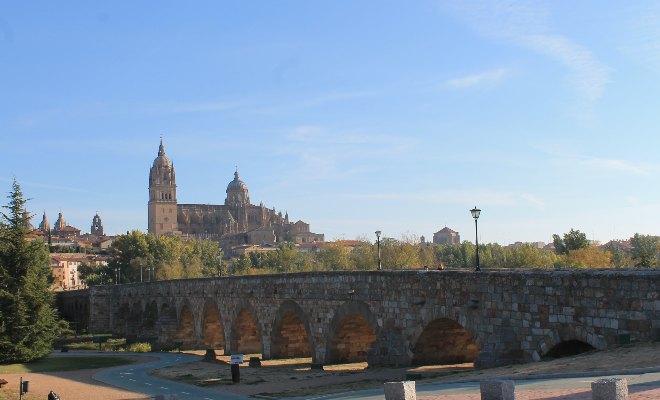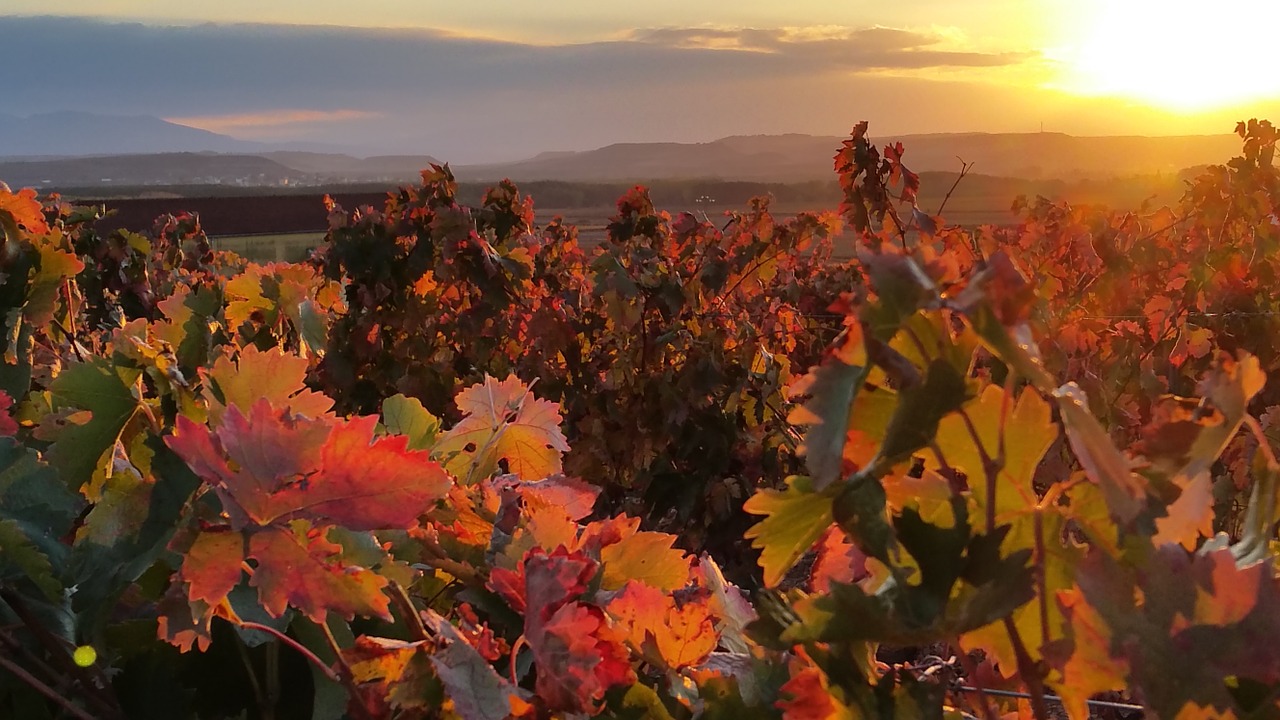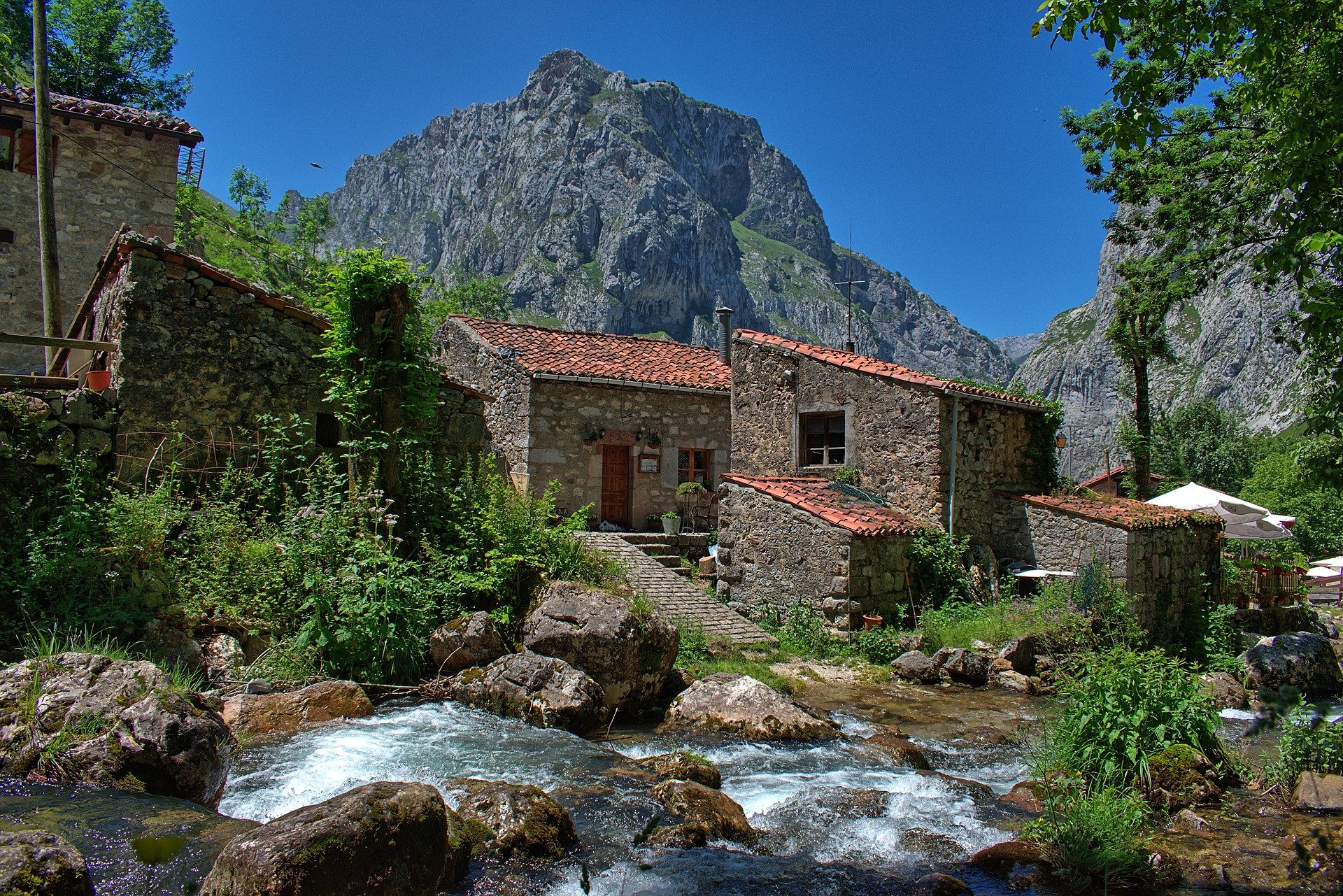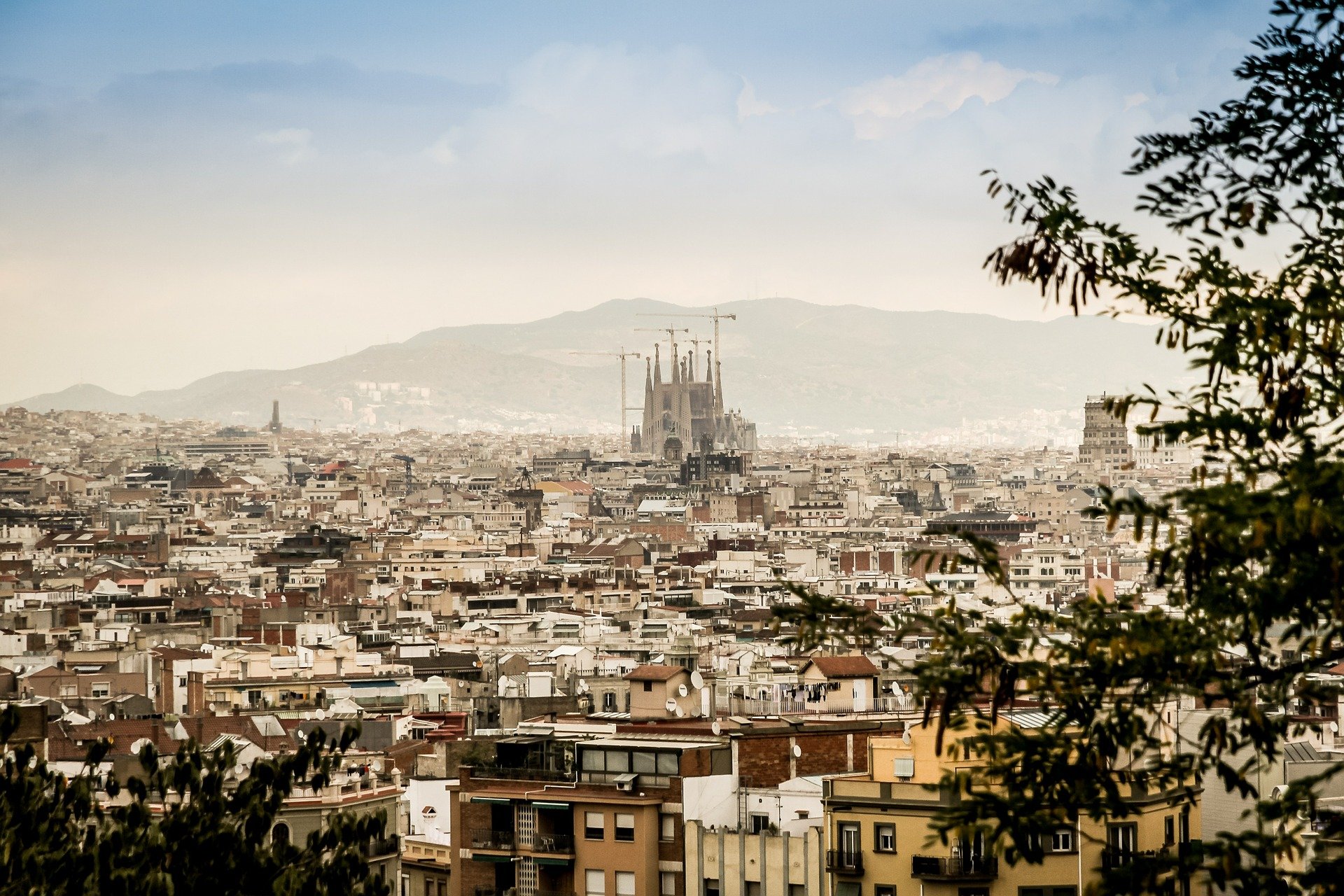
Official UK partner to the Paradors, Pousadas, Pestana Hotels & Resorts, Les Collectionneurs (Chateaux), and European Hotels Collection. Keytours International, formerly Keytel International, your agent in the UK.
Exploring Castilla y León
Lorna Roberts is undoubtedly a Parador expert having explored every nook and cranny of Spain and visiting almost all of the Paradors throughout her experience as their Irish Agent and leading numerous escorted tours across Spain using these wonderful hotels.
Here she shares her knowledge of the historic region of Castilla y León and its Paradors:
CASTILLA Y LEÓN is the largest region in Spain made up of the two regions of Castilla la Vieja and Leon which were united in 1983. It is bounded by mountain ranges and is south of the four provinces of “Green Spain” in the north, east of Extremadura and north of Madrid and Castilla La Mancha. Nine provinces make up the region, all with a capital city with the name of the province. There is great variety as the whole region is rich in history in its monumental cities in the south and along the Camino de Santiago, it also has natural parks, mountain ranges, lakes and rivers so that many areas are paradise for nature lovers. As part of the central plain, with cities at heights of over 1100 metres, it is very cold in winter and hot in summer.
The region is crossed by two of Spain’s longest rivers – the River Ebro (910 Km) which passes through Zaragoza, and the River Duero (765 Km) flowing from Soria to the Portuguese border near Zamora. The Roman road “Via de la Plata” runs from North to South and the Camino de Santiago enters the region at Redecilla del Camino, east of Burgos, and continues through historic cities and natural landscapes until it reaches Galicia. Castilla y León boasts the best roast meat and from Ribera del Duero some of the finest wines in Spain are produced.
AIRPORTS: For the north of the region the nearest international airports are at Santander and Bilbao, and for the south of the region Madrid is the closest. There is a small airport at Zaragoza with some international flights.
SORIA is the most easterly province in the region. The River Duero rises in the province to become one of Iberia’s longest rivers as it passes through the city of Soria, crosses the fertile plains and vineyards and finally reaches the sea at Porto in Portugal as the River Douro. In the city of SORIA are Romanesque churches and monumental buildings around the arched Plaza Mayor and there are many historic buildings in the smaller towns. There are large areas that are protected as natural parks and nature reserves so that it is known as Soria Verde in areas such as the Cuerda del Pozo reservoir and La Laguna Negra (Black lagoon), a lake surrounded by mountains and pine and beech forests. Eight Km from Soria are the Ruins of Numancia with remains from as far back as 153 BC and the Celtiberian War.
The PARADOR DE SORIA stands on a hill named “Parque del Castillo”, a hill covered in trees and overlooking the valley of the River Duero with panoramic views of the plain and the walled city below.
BURGOS is a large province dropping from the mountains in the north to the wide fertile plains stretching southwards. The city of BURGOS is known as the “Royal City” as it contains a magnificent monumental centre dominated by the majestic Gothic cathedral, declared a UNESCO “cultural monument”. The entrance through an arch beside the bridges panning the River Arlanzón, opens into the Cathedral square, one of the most important stopping places on the Camino de Santiago.
The PARADOR DE LERMA is situated 40 km south of Burgos on the main road from the North coast to Madrid so is a convenient stopping place for travellers. This former Ducal Palace dating back to the 17th century forms one side of the Plaza Mayor and has been beautifully restored with a central cloister as one of its main features.
PALENCIA is one of the provinces in the north of the region and is blessed with spectacular scenery in the Picos de Europa mountains from where the road drops from 1355 metres at Puerta de Piedrasluengas to the town of Cervera de Pisuerga. The city of PALENCIA , on the River Carrion, is sheltered by two hills on one of which is a 30 metre statue of Christ. It has a Cathedral with Visigoth foundations and a mixture of Romanesque and Gothic architecture. Other towns in the province known for their Gothic buildings are Tamaru, Villalcazar and Aguilar de Campoo.
The PARADOR DE CERVERA DE PISUERGA, at a height of 1143 metres is 2 Km from the town, in a modern building with décor blending with the rural landscape in one of Spain’s natural areas in the Fuentes Catriones Reserve. It overlooks the Ruesga reservoir with spectacular views of the surrounding mountains and countryside with walking routes starting at the Parador.
LEÓN was a former region until it joined forces with Castilla Viejo in 1983 to become Castilla y Leon. It is a large province stretching from the Cantabrian Mountains in the North to Galicia in the West and to the province of Salamanca in the south. There are large areas of natural parks, nature reserves, rivers, so hunting and fishing are popular pastimes. The area bordering Galicia is Bierzo and in this part of the province many people consider themselves to be Galician. It is an area of river valleys, wide open spaces and mountain ranges including the Sierra de Los Ancares, a UNESCO Biosphere Reserve with outstanding flora and fauna including brown bears, eagles, vultures and peregrine falcons. It is one of the prettiest sections of the Camino de Santiago as it passes through vineyards and chestnut groves after leaving the cathedral cities of León, Ponferrada, with its Templar castle, and Astorga. The “Silver Route” reaches León from the north after crossing the Cantabrian Mountains at Puerta de Pajares (1376 metres) and continues to Astorga. The city of LEÓN was the former capital of the Kingdom of Leon with its striking Gothic cathedral, its Gaudi house and the Parador, the former hospital on the Camino de Santiago.
The PARADOR DE LEÓN is one of the most impressive buildings in the city with its Plateresque façade forming one side of the Plaza de San Marcos and, along with the stunning Gothic Cathedral, and the Gaudi house, is one of the most visited buildings in the city. The San Marcos Church is connected to the Parador, a former hospital on the Camino de Santiago, standing on the right bank of the River Bernesga. The entrance hall is stunning and the rooms in the old part of the Parador are beautifully furnished in keeping with its history. The Parador was featured in the film “The Way”.
The PARADOR DE VILLAFRANCA DEL BIERZO is in the centre of one of the most important towns on the Camino de Santiago which enters the town on a cobbled street and leaves following the valley of the River Valcarce. There are many churches and monasteries and a castle reflecting the history of the town. The Parador has recently been refurbished and has an outdoor pool surrounded by vineyards, and a small indoor pool alongside it.
VALLADOLID is the province south of Palencia on the plain with its capital city in the centre. It has been a Royal town since 1208 with many churches and monasteries. The province is rich in history with castles at Penafiel and Medina del Campo. The River Duero flows through the province at Tordesillas, an interesting historic town 24 Km from the city of Valladolid and on the main road from Madrid to Galicia. The city of VALLADOLID was built on Celtic and Roman remains. The Palace of Los Pimentes was the birthplace of Philip II, King of Castille, and also of Queen Anne of France, the mother of Louis XIV.
The PARADOR DE TORDESILLAS is on the edge of the historic town in a tranquil setting in the middle of pine woods. It has a large outdoor pool and a small indoor pool and gym.
ZAMORA is a large province through which the River Duero flows down the valley where vineyards cover the hillsides and produce the excellent wines for which the area is celebrated. The medieval city of ZAMORA, on the River Duero, is full of 12th century churches as well as the Romanesque Cathedral founded by Alfonso VII in 1835. It has the largest number of Romanesque temples in Europe. An added attraction are the storks’ nests on many of the turrets.
The city is on “The Silver Route” (Via de la Plata) which was a Roman road linking Oviedo in the north with Seville in the south, and close to the city are the remains of Las Medulas Roman gold mines, from the 1st century AD, and now a UNESCO World Heritage Site. The Silver Route also passes through the city of Benavente, where three rivers meet and is also the meeting place of five routes. In the city are Romanesque churches and the Castle of the Courts of Pimental, the former seat of parliament in the 12th century.
The PARADOR DE ZAMORA, a 15th century Renaissance palace was built on a former Roman fortress. The rooms lead off a central cloister and all the décor reflects its history. It is in the centre of the town within walking distance of the Cathedral, convents, mansions and the river. It has a seasonal pool.
The PARADOR DE BENAVENTE is the castle which, although destroyed by fire in the Peninsular War, has been beautifully restored with the Torre del Caracol a survivor of the original building. It is surrounded by well-kept gardens from where a walkway connects it to the town centre.
The PARADOR DE PUEBLA DE SANABRIA, a small recently refurbished Parador, is below the town with a view of the Castle of Condes de Benavente and only 12 Km from the Sanabria Lake, the largest glacial lake in Spain in the midst of spectacular scenery.
SALAMANCA is a rural province surrounding one of Spain’s most magnificent cities, known as the “Golden city” on the banks of the River Tormes. The collection of sandstone buildings glow when floodlit at night. It was declared a UNESCO World Heritage site for its historic buildings some of which date back to Hannibal and Roman times. It is also on the “Silver Route”, the old Roman way. The arcaded Plaza Mayor, one of the largest in Spain, is in the centre of the city just a short walk from the two Cathedrals and the world-famous university, considered to be one of the best in Europe.
The PARADOR DE SALAMANCA, a modern, recently refurbished Parador, stands on a hill on the opposite bank of the river from the monumental centre so from its large windows and gardens is a superb view of the “Golden city”, especially on nights when it is floodlit. The building is light and spacious and has a seasonal pool in the garden.
The PARADOR DE CIUDAD RODRIGO is a well-preserved 14th century castle with a keep offering views of the countryside and surrounded by trees and a small garden. It is in the centre of the historic walled town in the west of the province, close to the Portuguese border.
ÁVILA is a province with spectacular mountain scenery in the Sierra de Gredos from where scenic roads follow picturesque valleys westwards towards Extremadura. This is hunting and fishing country, and the capital city of the province is Ávila, the birthplace of St Teresa and founded in the 11th century. It is surrounded by a perfectly restored Roman wall within which are mansions, palaces, narrow streets and pretty squares around the Cathedral and several churches, notably the Basilica of San Vicente and St Teresa’s church and convent. It was declared a World Heritage Site for the walls and the buildings.
The PARADOR DE ÁVILA is a 16th century palace surrounded by gardens where archaeological remains have been found. It backs onto the city wall and is close to all the historic buildings of the city.
The PARADOR DE GREDOS was the first Parador to be opened in 1928. The stone building stands in the heart of the Sierra de Gredos surrounded by rivers, nature reserves, walking routes and pine groves, so a paradise for country lovers and walkers.
SEGOVIA is a province north of Madrid separated from the capital by the mighty peaks of the Sierra de Guadarrama. Ski resorts, mountain villages, and walking routes make this a popular leisure area for Madrileños.
The city of Segovia was declared a World Heritage Site for its collection of outstanding buildings. The 818 metre Roman aqueduct is made of 250000 granite blocks carefully constructed to hold together with no mortar. The Gothic Cathedral beside the Plaza Mayor is connected by a narrow street to the Alcazar, the Royal Palace which is a classic fairy tale castle standing out like the prow of a ship. The city also has a claim to fame for its restaurants serving roast meats, especially the suckling pig of Segovia. Only 11 Km from the city is the Royal Palace of La Granja in the village of La Granja de San Ildefonso. The palace was a former monastery bought by Philip V to be converted into the palace for his summer residence.
The PARADOR DE SEGOVIA is on a hill,3 Km from the city centre, with panoramic views of the Alcazar and Cathedral from the garden and the large windows of the restaurant – a wonderful sight when floodlit at night. There is a large outdoor pool and a heated indoor pool.
The PARADOR DE LA GRANJA was recently opened in the converted “casa de las infantes” – the house of the Royal princes which was part of the summer palace of the Royal family. It was built in the 18th century by Carlos V for his children. It is close to the palace with formal gardens, trees, fountains and sculptures. There is a spa and a large conference centre beside the Parador.
If you are interested in escorted tours to the Paradors, please contact us. Lorna can tell you virtually everything there is to know about the Paradors of Spain, and she will be very happy to arrange all your booking requirements.

